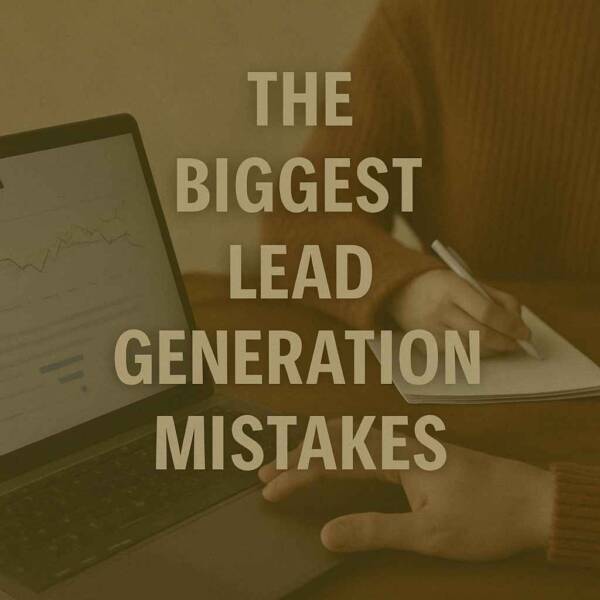Best Days and Times to Send Cold Emails in B2B
Cold emailing is an important part of business-to-business (B2B) marketing. It helps companies reach out to potential clients or partners. However, sending emails at the right time can make a big difference. The best days and times to send these emails can increase the chance of getting a response. In this article, we will explore when to send cold emails in B2B. We will look at research, examples, and tips to help you succeed.
Understanding Cold Emails in B2B Communication
![]()
Cold emails are messages sent to people you do not know. These emails aim to introduce your business and its services. In B2B communication, cold emails can open doors to new opportunities. Understanding how they work is essential.
Cold emails are different from regular emails. They are often unsolicited. This means the person receiving them did not ask for them. Because of this, cold emails need to be engaging and relevant.
The goal of a cold email is to start a conversation. You want the recipient to reply. Therefore, it is crucial to craft a compelling message. But timing is just as important as content.
Many businesses use cold emails to reach decision-makers. These could be managers, directors, or executives. Knowing when these individuals check their emails can greatly impact your success.
Research shows that the timing of your email matters. Some days are better than others for sending emails. Additionally, certain times of day can lead to higher open rates.
In the following sections, we will discuss the best days and times to send cold emails. We will also share tips on how to improve your chances of getting a response.
Best Days to Send Cold Emails for Maximum Impact
![]()
Choosing the right day to send your cold email is very important. Research has shown that some days yield better results than others.
- Tuesday: Many studies suggest that Tuesday is the best day. People are settled into their week by then.
- Wednesday: This day is also popular. It’s midweek, and people are often more focused.
- Thursday: Some experts recommend Thursday as a good option too. It’s close to the weekend but still productive.
- Monday: Avoid Mondays if possible. People are usually catching up on emails from the weekend.
- Friday: Fridays can be tricky. Many are winding down for the weekend and may overlook emails.
- Weekends: Generally, weekends are not recommended. Most professionals do not check work emails during this time.
For example, a study by HubSpot found that emails sent on Tuesdays had a 20% higher open rate. This indicates that Tuesday is a prime day for engagement.
Another case study showed that emails sent on Wednesdays also received high responses. Businesses saw a 15% increase in replies compared to other days.
Timing your emails on these specific weekdays can enhance your outreach efforts. It is essential to keep track of your own email analytics to see what works best for you.
Optimal Times to Hit Send on Your Cold Emails
![]()
Not only does the day matter, but the time of day is equally important. Sending your email at the right time can significantly affect its visibility.
- Early Morning: Sending emails between 6 AM and 9 AM can be effective. Many people check their emails first thing in the morning.
- Mid-Morning: Time slots around 10 AM are also good. At this time, people are usually active and alert.
- Lunch Hours: Some studies show that lunchtime (12 PM – 1 PM) can work well. People might check their phones during breaks.
- Late Afternoon: Sending emails between 3 PM and 4 PM can capture attention before the end of the workday.
- Evening: Avoid sending emails in the evening. Most professionals are done with their work and less likely to check emails.
- Late Night: Similarly, late-night emails tend to get lost. People are usually asleep or not focused on work.
A study by Yesware indicated that emails sent between 8 AM and 9 AM had a 25% higher open rate. This suggests that early morning could be the best time.
Another analysis revealed that sending emails at 10 AM resulted in a notable spike in click-through rates. This could be due to people being fresh and ready to engage.
Considering these time slots can help you choose the most effective moments to reach out to potential clients. Always test different times to find what works best for your audience.
Understanding Your Target Audience’s Schedule
![]()
Knowing your target audience is key to successful cold emailing. Different industries may have different preferences regarding email timing.
- Corporate Professionals: They tend to check emails early in the morning or during breaks.
- Creative Industries: These individuals may have more flexible schedules, making mid-morning ideal.
- Tech Companies: Tech workers often check emails throughout the day, so timing can vary.
- Healthcare Professionals: They may have busy schedules, making lunchtime emails more effective.
- Retail Businesses: Retailers might respond better on weekends or evenings, especially if they work non-traditional hours.
- Startups: Employees at startups often work long hours, so targeting late afternoons can yield positive results.
For instance, if you are reaching out to corporate professionals, sending emails early in the week is wise. On the other hand, if your audience consists of retail businesses, consider weekends.
Conducting surveys or interviews can help you understand your audience better. Tailoring your approach based on their habits can significantly improve your response rates.
Overall, take the time to research and analyze your specific audience. This effort will pay off in creating successful email campaigns.
Using A/B Testing for Email Timing Strategies
![]()
A/B testing is a great way to find the best time for your cold emails. This method involves sending two versions of your email at different times.
- Select a small group of recipients for each version.
- Send one email in the morning and another in the afternoon.
- Track the open and response rates for both emails.
- Analyze which time yields better results.
- Use the findings to adjust your overall email strategy.
- Repeat the process regularly to refine your approach.
For example, a company used A/B testing to determine the best time to send emails. They found that emails sent at 9 AM had a 30% higher response rate than those sent at 4 PM.
Regularly testing different variables can help you stay ahead. Make adjustments based on seasonal trends or changes in your audience’s behavior.
A/B testing allows you to be data-driven in your decision-making. This can lead to more effective outreach strategies over time.
Crafting Engaging Subject Lines for Cold Emails
![]()
The subject line is the first thing recipients see. A strong subject line can entice them to open your email. Here are some tips for crafting engaging subject lines:
- Keep it short: Aim for 6-10 words. Shorter subject lines are easier to read.
- Be clear: Let the recipient know what to expect. Avoid vague language.
- Add personalization: Use the recipient’s name or company name to grab attention.
- Create urgency: Phrases like “limited time offer” can encourage quick action.
- Ask questions: Questions can spark curiosity and prompt an opening.
- Test different styles: Experiment with humor, professionalism, or creativity.
For instance, instead of saying “Our New Product,” try “John, Transform Your Business with Our New Tool.” This personal touch can increase open rates.
Additionally, a survey revealed that emails with personalized subject lines had 26% higher open rates. Personalization is key in capturing attention.
Investing time in creating compelling subject lines will pay off. It increases the likelihood of getting your emails opened and read.
Measuring Success and Making Adjustments
![]()
After sending your cold emails, measuring success is vital. Analyze metrics such as open rates, click-through rates, and responses.
- Open Rates: Check how many recipients opened your email. This indicates the effectiveness of your subject line and timing.
- Click-Through Rates: Look at how many clicked links within your email. This shows interest in your message.
- Response Rates: Track how many recipients replied to your email. This reflects the overall effectiveness of your email content.
- Unsubscribe Rates: Monitor any unsubscribes. A high rate could indicate issues with your email strategy.
- Feedback: Consider reaching out for feedback on your emails. This can provide valuable insights.
- Adjustments: Based on your analysis, make necessary changes to your email strategy.
For example, if you notice low open rates, reconsider your subject lines or timing. If click-through rates are low, evaluate your email content for engagement.
Regularly reviewing your email performance will help you stay on track. Continuous improvement is key to achieving better results.
Summary of Best Practices for Cold Email Timing
![]()
In conclusion, cold emailing can be a powerful tool in B2B marketing. To maximize your success, consider the following best practices:
- Send emails on Tuesdays, Wednesdays, or Thursdays.
- Optimal times include early mornings or mid-mornings.
- Understand your target audience’s schedule and habits.
- Utilize A/B testing to refine your timing strategies.
- Create engaging subject lines that entice recipients.
- Measure success and adjust your approach as needed.
By applying these strategies, you can improve your cold emailing efforts. Remember that timing, audience understanding, and continuous improvement are crucial to success.




